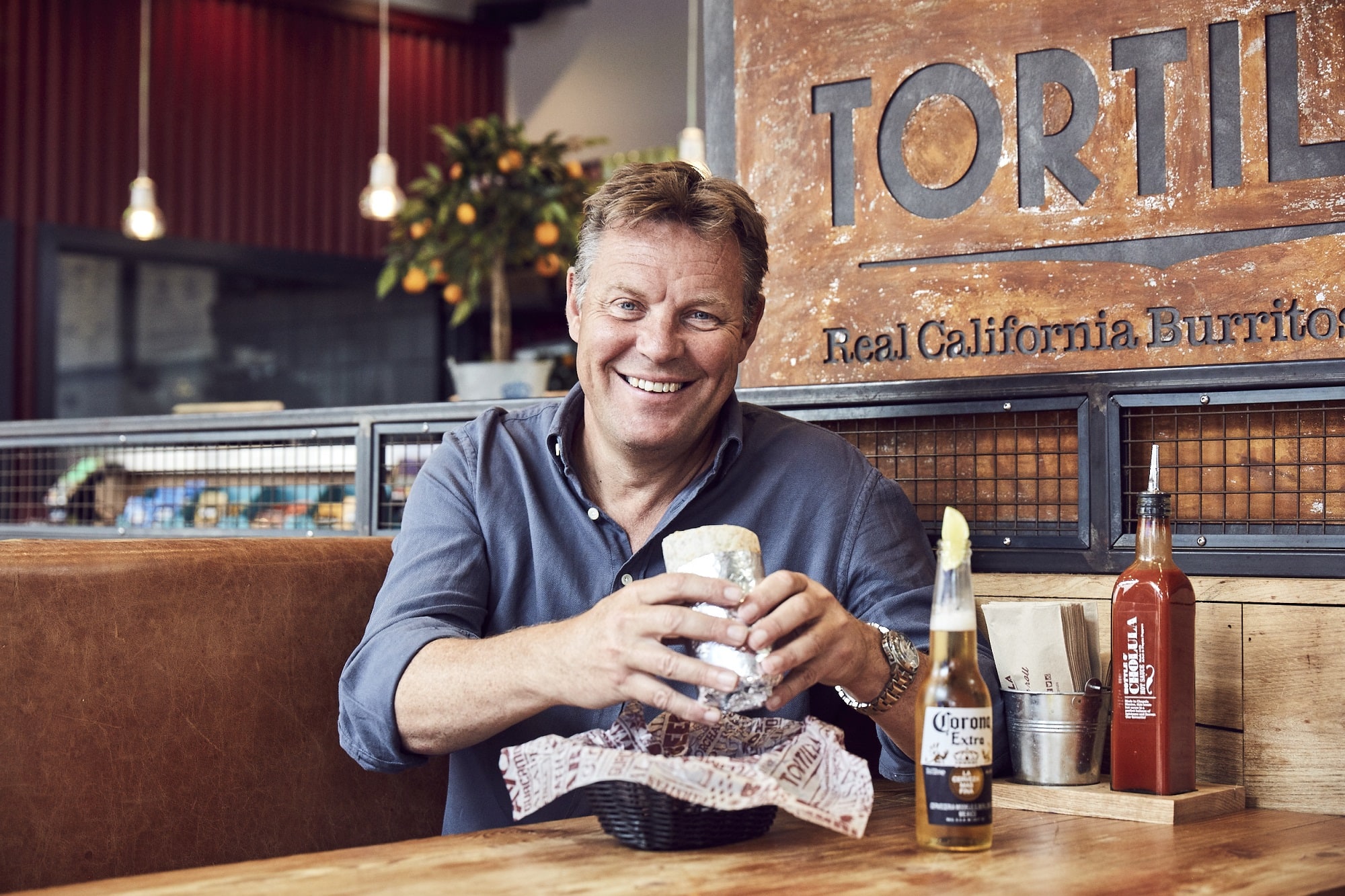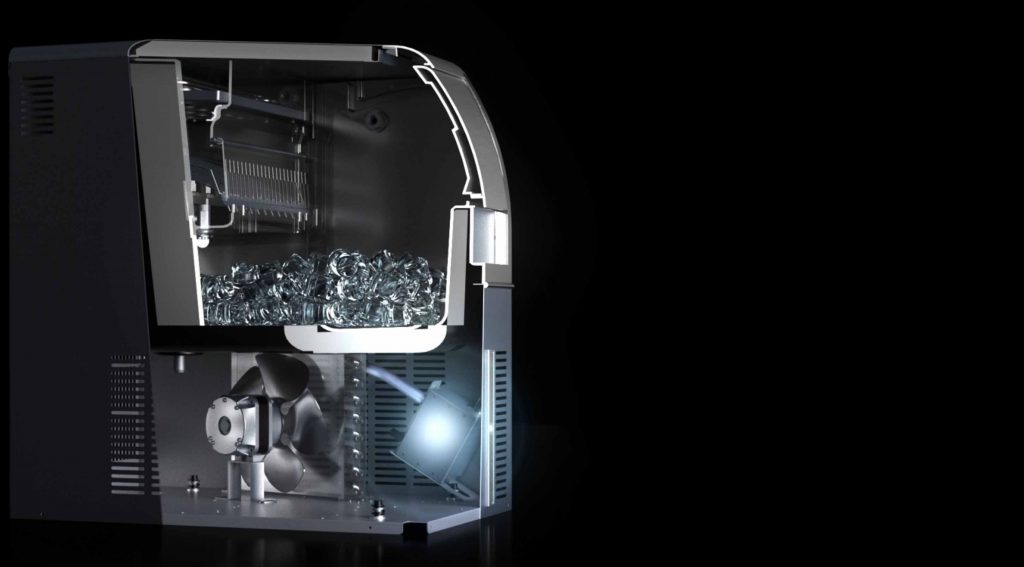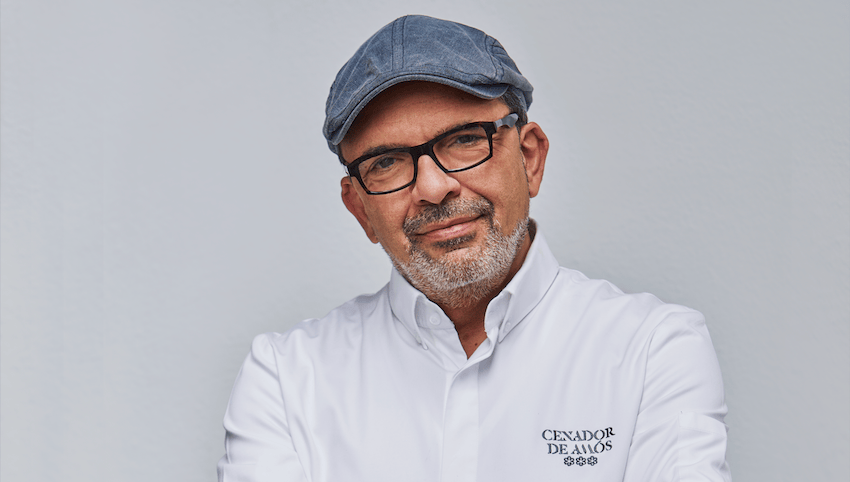
There has been a raft of doom and gloom stories focused on the UK restaurant scene this year, with tales of high-profile mid-market brands retrenching or closing sites and soaring debts for high-street chains. But it’s not all bad news. This week saw market analysts NPD Group announce that UK casual dining operators are still “pulling in the punters” with customer visits up 7% year in the ending June 2018 and spend growing four times faster than the overall eat-out foodservice market.
Some individual operators have also found opportunity and success amidst an evolving high-street landscape. Fast-casual restaurant group Tortilla Mexican Grill has certainly capitalised on the burgeoning consumer demand for greater food delivery options from their favourite operators.
Tortilla’s California-style Mexican food was named in the top 10 most-ordered dishes on Deliveroo in 2017 and the chain saw delivery sales double in 2017 compared to the previous year. In that time, the chain has employed some innovative techniques to embrace the trend for food delivery convenience while ensuring the integrity of its bottom line and product quality.
One such innovation was the November 2017 opening of an award-winning mini Tortilla in Putney, London, an operation specifically designed to cater for residential online orders. The company also recently opened its first ‘backstage’ concept, modelled on Deliveroo’s dark kitchen idea, in its Bankside branch. This concept saw a second servery being added behind the scenes in the restaurant to specifically process online orders so as not to interfere with customers’ in-store experience. The backstage kitchen is equipped to help staff process an additional 150 orders per hour.
Here, managing director Richard Morris discusses how the brand has embraced the delivery model and used it to enhance an already strong customer experience.
What’s your take on the current state of the UK high-street food scene?
There are millions of dollars available in our sector. The whole eating out market as a whole for the fast causal sector is in pretty rude health. It’s a relatively new sector, offering higher quality grab and go food but with a good price point and fresh food. Twenty years ago, casual dining was also a new phenomenon in the UK, but they have found it very difficult recently. Too many people were doing the same thing at the same price point. But fast casual’s price point is very good generally.
How has advent of food delivery impacted on fast-casual operators?
Delivery is the single biggest disruptor in the whole of the industry. We have a product that is very well suited to delivery. Our food is wrapped in silver foil so it stays hot and we only deliver within 10 minutes of our sites. We got involved with Deliveroo three and a half years ago and were one of the first chains to do so. At the time we were making 5% of our turnover on takeaways outside of office times, but no delivery. When we got began working with Deliveroo, business started slowly and then ramped up quickly in residential areas. The advent of delivery has immeasurably helped us at times of the day, such as evenings, when we weren’t getting much business. You reach a point when you realise delivery is here to stay and you can push against it or embrace it.
How has Tortilla adapted to the online ordering market?
Our site in Putney is 700 sq ft and has 20 seats. It has been a huge success for us, taking £850,000 in its first year of trading. That’s phenomenal in a site of that size. It’s very profitable. We’re looking at rolling out that model.
 How do you see the market evolving?
How do you see the market evolving?
Over the next two years there will be a bit of levelling out of the amount of restaurants there are. Lots of business got overly aggressive in their growth and the payback of having private equity investment in these businesses is that they want their money back. But I don’t think the market is in bad shape. The good [restaurants] will continue to grow and do well, but I’m happy to be on this side of the market [fast casual].
How can operators adapt in order to take advantage of the new business model?
We’re already starting to see change. Nando’s and Five Guys are looking at [smaller site] models, like ours. Rents are not really coming down so clearly you have to really make your offer work in a smaller square footage and accept delivery is a big part of your offering. It’s now 30-40% of our business. How casual dining will react to this though, I don’t know. There is too much choice out there. Discounting has been infiltrated into these businesses and it’s hard to get off that roundabout once you start doing it.
Is it possible to deliver greater convenience for diners without falling short on quality or affordability?
I’d be lying if I said that if you come into our store it’s not going to be a lot better [than when delivered] but our product declines less than other during delivery because it’s kept hotter. I’ve tried a lot of other deliveries and no one has been able to fix French fries yet. Burgers are also slightly dried out. But we don’t do any fried food.
How are you managing to provide that specifically at Tortilla?
We’re very disciplined in that we don’t prepare food for delivery until the driver arrives. We’re a fast throughput business – it takes 30 seconds to build a burrito. Other operators suffer because their food sits around a bit. We’re also always trying to improve the packaging. We’re close to finalising a disposable taco tray that separates the tacos. We’re also removing as much plastic as we possibly can.
 How are the physical spaces of commercial kitchens at Tortilla Mexican Grill changing to meet an evolving demand?
How are the physical spaces of commercial kitchens at Tortilla Mexican Grill changing to meet an evolving demand?
Two and a half years ago we invested in a central production kitchen in Tottenham Hale, London, for our sauce production. I was very against central production but the quality of the product is absolutely outstanding. It means we don’t need extraction for cooking in our sites. We don’t need the A3 [restaurant odour extraction/control] license. Some sites do have grills though. Otherwise, every operation has combi ovens to reheat the food, while our guacamoles and salsas are prepared [fresh] in our kitchens every day. We have a six-day a week food delivery so we don’t need a huge amount of food storage or refrigeration space. But for us to continue to grow, we have compromised on space and it means central production comes into its own.
Are you positive for the future of the fast-casual sector?
I feel bullish. There is so much uncertainty with Brexit and the headwinds of business rates and cost increases. It’s harder to be a start-up in this business now and I fear for the high-street until costs rebalance. I feel like the bad news has been justified. But I think the diversity in street food will continue and one-off independent type offers [will flourish]. Yes, there has been disruption with delivery but you have to adapt to it and make it work for you. There will be casualties, and you won’t get away with being average, but if you do it well, consistently and well priced I believe there is still opportunity.
Michael Jones






